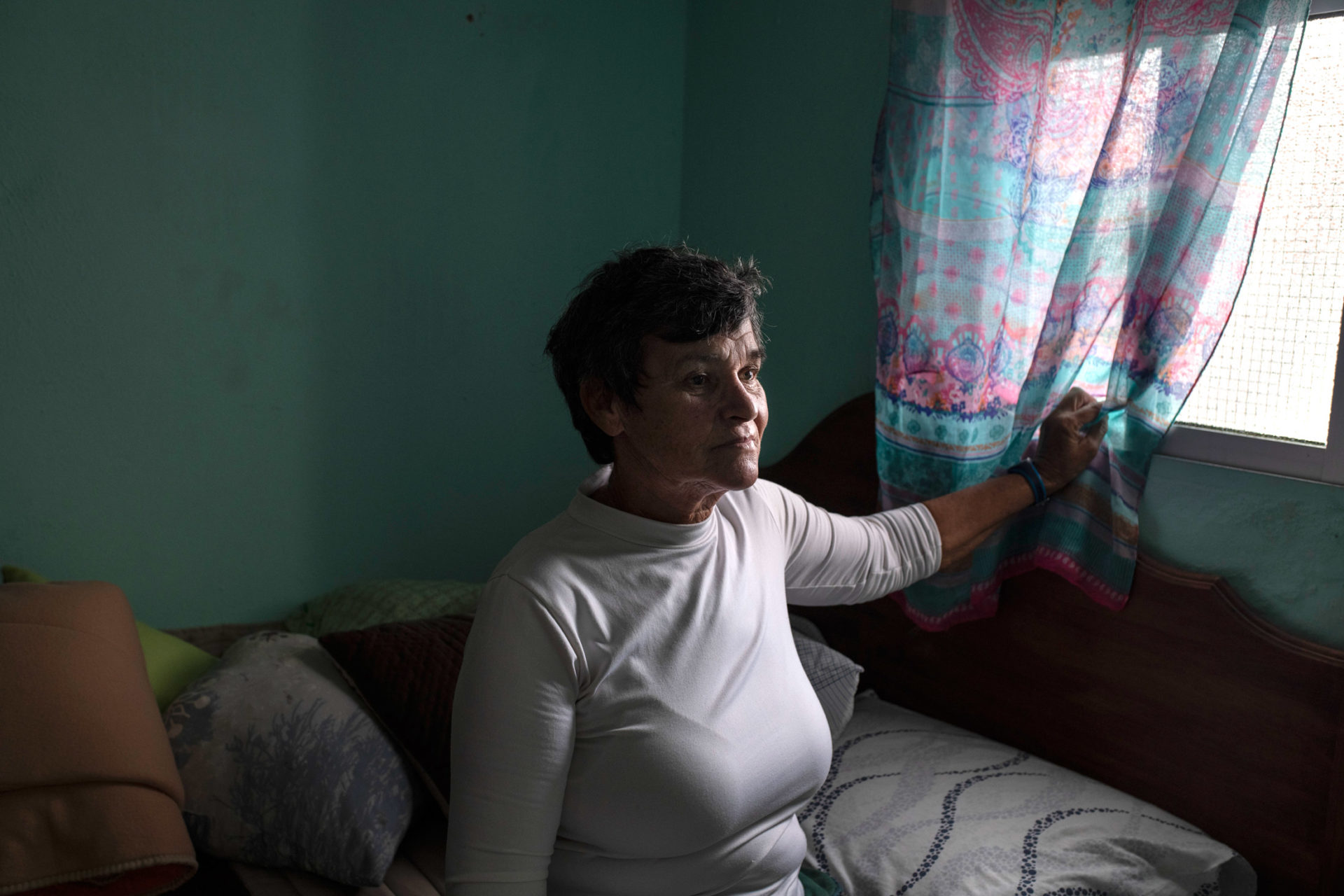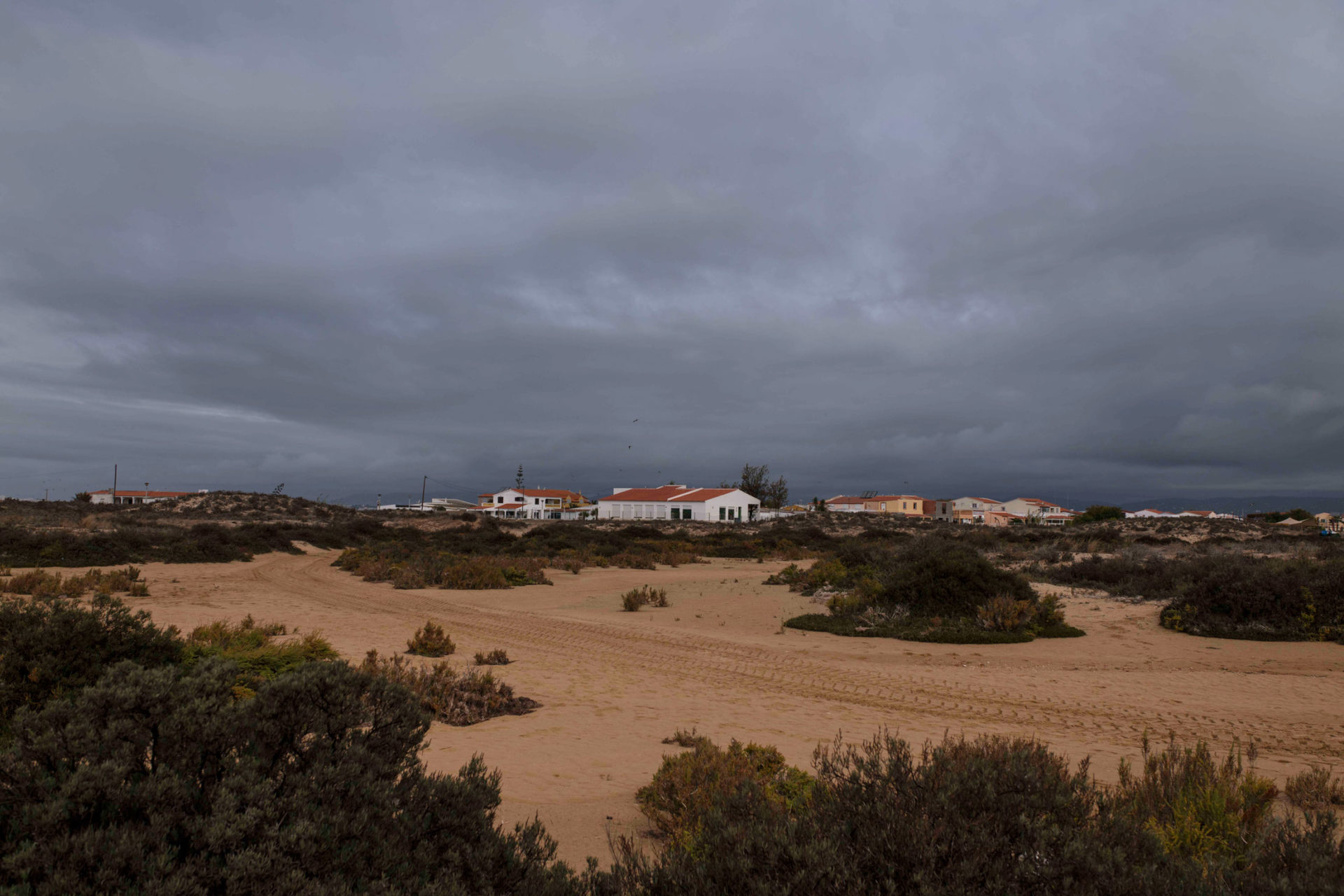




Illegal fishing and pollution are one of the biggest threats to the long- term sustainability of Ria Formosa, the lagoon which bathes the north side of the portuguese island of Culatra. The drastic decrease of the local seahorse population- once one of the largest in the world- due to illegal captures and sales to the Asian market, has raised red flags on how the area is monitored and controlled.
Having been confronted with the fragility of these animal’s livelihoods and habitat, Culatra’s community members are now key players in the effort to secure a future for this wild population. Environmental changes and water pollution have also affected the production of clams and oysters- which is a vital source of income for the Culatranese residents.
In the past years, pollutants from neighboring cities and touristic facilities, such as pesticides from golf courses, have found their way into the waters of Ria Formosa lagoon, where the shellfish are collected. This occasionally creates “forbidden” zones for production. It therefore is paramount to guarantee a safe environment for the biodiversity of the Ria Formosa ecosystem, which in turn will guarantee good and sustainable working conditions for the people of Culatra.
Sciaena – Marine Sciences and Cooperation Association